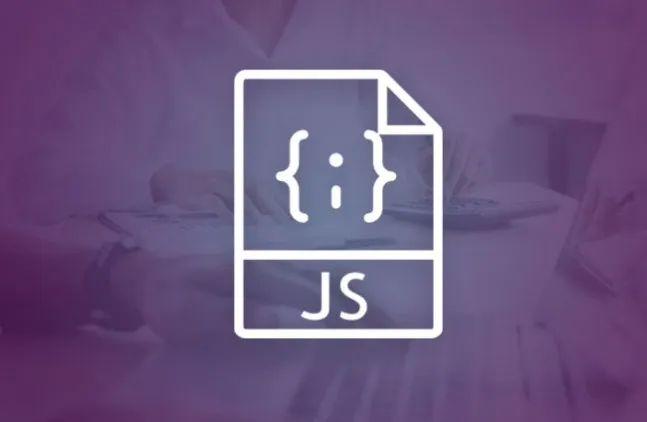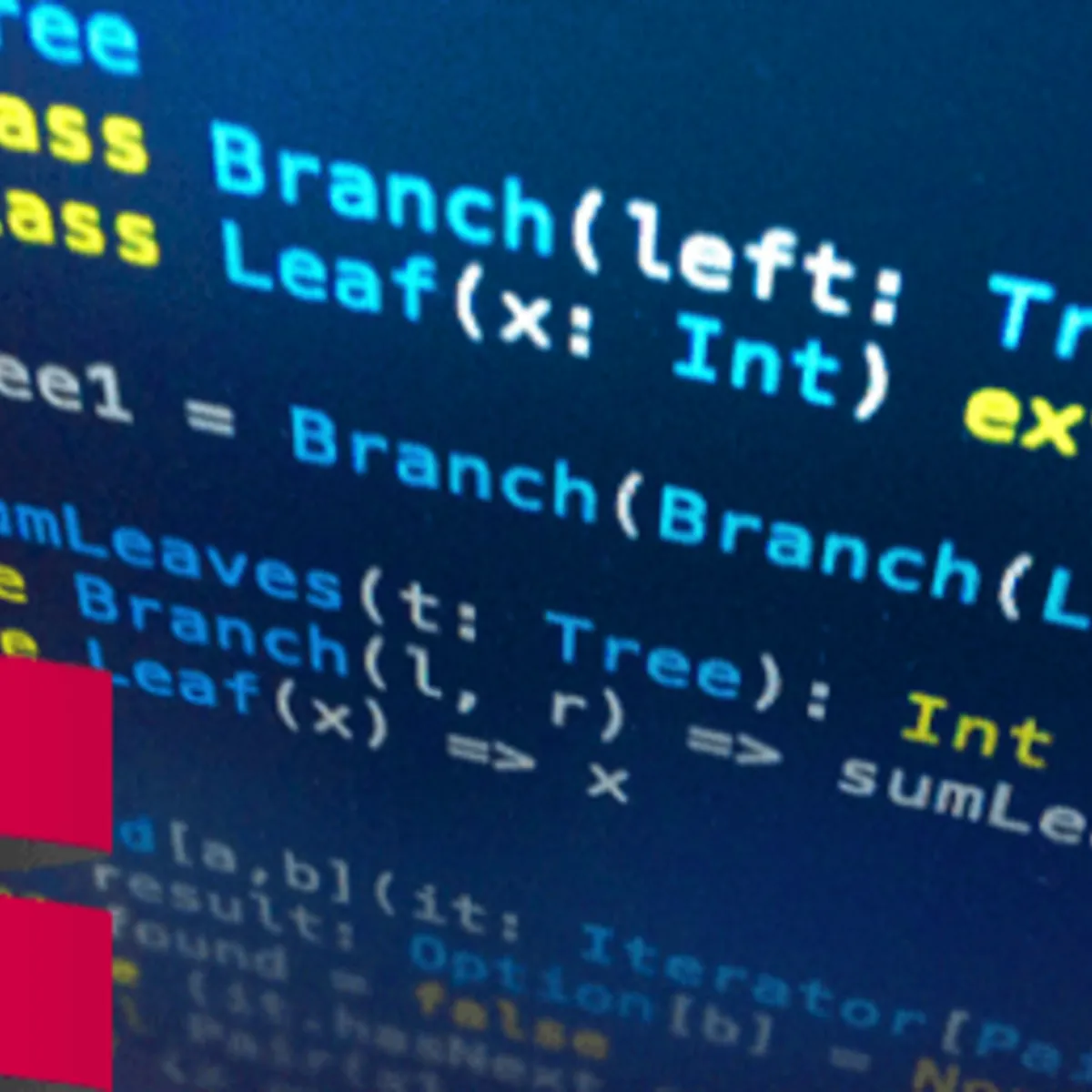
Exception Handling in Python 3 - try except else finally 
Python 3 provides powerful tools for handling exceptions, such as the try, except, else, and finally statements. This guide provides a comprehensive overview of these concepts, helping beginners to enter the Python world with confidence. ▼
ADVERTISEMENT
Course Feature
![]() Cost:
Cost:
Free
![]() Provider:
Provider:
Udemy
![]() Certificate:
Certificate:
No Information
![]() Language:
Language:
English
Course Overview
❗The content presented here is sourced directly from Udemy platform. For comprehensive course details, including enrollment information, simply click on the 'Go to class' link on our website.
Updated in [March 06th, 2023]
This course provides an overview of exception handling in Python 3. Students will learn how to use the try, except, else, and finally statements to handle errors and exceptions in their code. They will also gain an understanding of the different types of errors and exceptions that can occur in Python and how to debug them. By the end of the course, students will have a better understanding of Python fundamentals and exception handling.
[Applications]
Students who have completed this course can apply their knowledge of exception handling in Python 3 to their own projects. They can use the try-except-else-finally structure to handle errors and exceptions in their code. They can also use the logging module to log errors and exceptions for debugging purposes. Additionally, they can use the traceback module to trace the source of errors and exceptions. Finally, they can use the assert statement to test assumptions in their code.
[Career Paths]
1. Software Developer: Software developers create, test, and maintain software applications. They use programming languages such as Python to develop software solutions. With knowledge of exception handling in Python 3, software developers can create more robust and reliable software applications. Additionally, software developers can use exception handling to debug and troubleshoot software issues.
2. Data Scientist: Data scientists use Python to analyze and interpret data. With knowledge of exception handling in Python 3, data scientists can create more reliable data analysis pipelines. Additionally, data scientists can use exception handling to debug and troubleshoot data analysis issues.
3. Web Developer: Web developers use Python to create web applications. With knowledge of exception handling in Python 3, web developers can create more robust and reliable web applications. Additionally, web developers can use exception handling to debug and troubleshoot web application issues.
4. DevOps Engineer: DevOps engineers use Python to automate software development and deployment processes. With knowledge of exception handling in Python 3, DevOps engineers can create more reliable automation scripts. Additionally, DevOps engineers can use exception handling to debug and troubleshoot automation issues.
[Education Paths]
1. Bachelor of Science in Computer Science: This degree path provides students with a comprehensive understanding of computer science fundamentals, including programming languages, algorithms, data structures, and software engineering. Students will also learn about the latest trends in computer science, such as artificial intelligence, machine learning, and cloud computing.
2. Master of Science in Software Engineering: This degree path focuses on the development of software applications and systems. Students will learn about software design, development, testing, and maintenance. They will also gain an understanding of the latest technologies and trends in software engineering, such as cloud computing, mobile development, and web development.
3. Master of Science in Data Science: This degree path focuses on the analysis and interpretation of large datasets. Students will learn about data mining, machine learning, and predictive analytics. They will also gain an understanding of the latest technologies and trends in data science, such as artificial intelligence, natural language processing, and deep learning.
4. Doctor of Philosophy in Computer Science: This degree path provides students with an in-depth understanding of computer science fundamentals, including programming languages, algorithms, data structures, and software engineering. Students will also gain an understanding of the latest technologies and trends in computer science, such as artificial intelligence, machine learning, and cloud computing.
Course Syllabus
What is Python and Father of Python
Easyness of Python when compared with Other Languages
Why the name 'Python'
Python as All Rounder
Where we can use Python
Features of Python
Features of Python Summary
Limitations and Flavors of Python
Python Versions
Pros & Cons

Easy to understand

Well explained

Thorough and pedagogical

Engaging

Good explanation.

South Indian accent

English needs improvement.
Course Provider

Provider Udemy's Stats at AZClass
Discussion and Reviews
0.0 (Based on 0 reviews)
Explore Similar Online Courses

Introduction to Data Structures in JavaScript from Scratch

Planned Giving

RDBMS PostgreSQL

Intro To PostgreSQL Databases With PgAdmin For Beginners

PostgreSQL: Client Applications

Mastering SQL using Postgresql

Database Design and Basic SQL in PostgreSQL

PostgreSQL: Advanced Queries

Spatial SQL with Postgres : A language for geographers

Learn SQL Using PostgreSQL: From Zero to Hero

PostgreSQL Essential Training


Start your review of Exception Handling in Python 3 - try except else finally